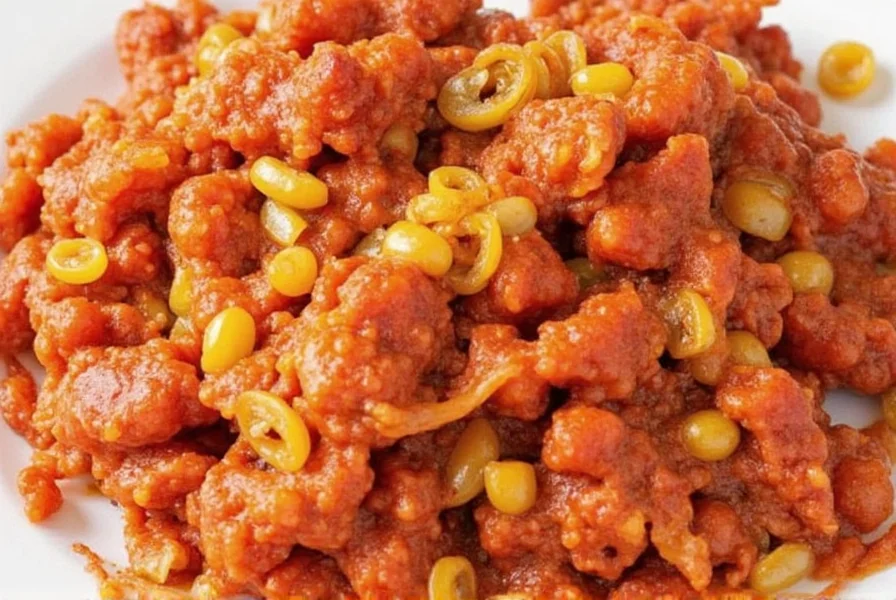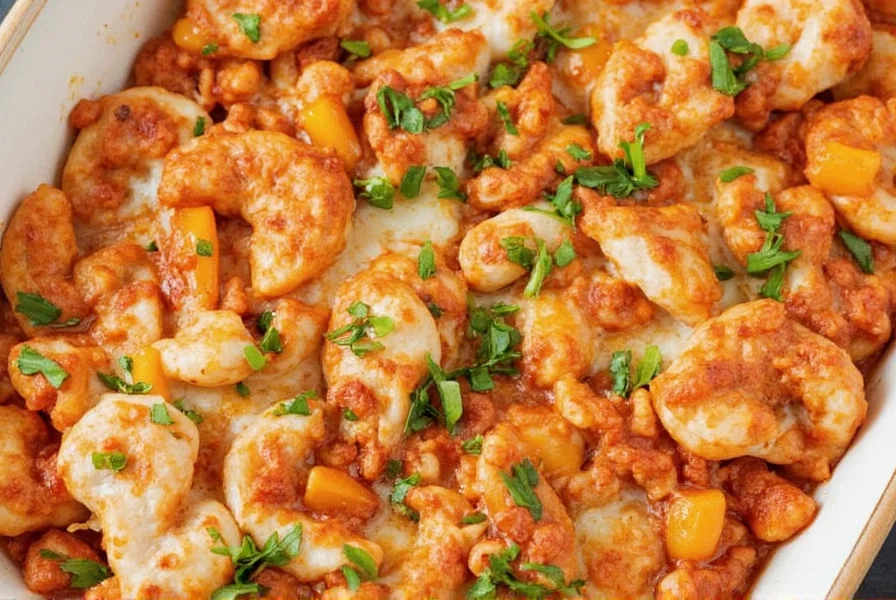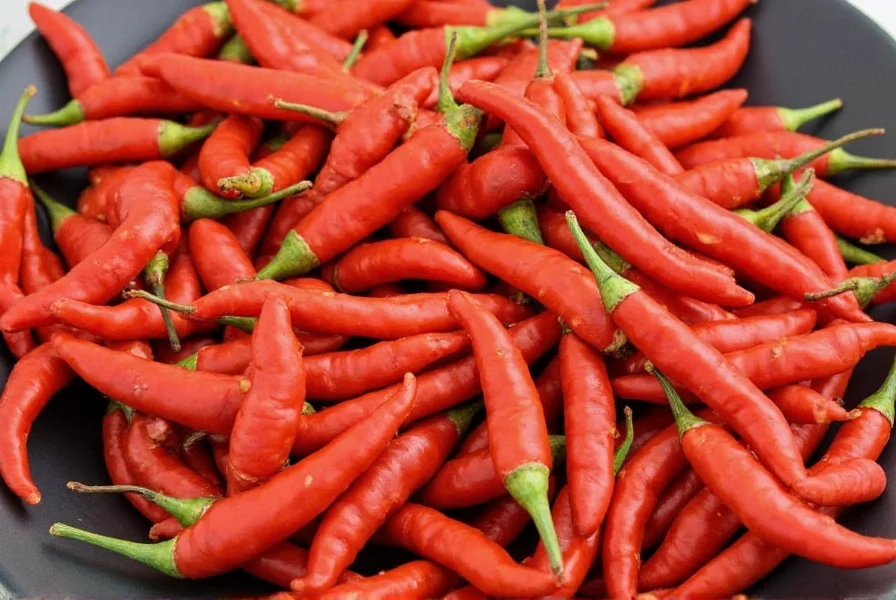When exploring cayenne pepper recipes, you're tapping into centuries of culinary tradition. This vibrant red spice, derived from dried chili peppers, delivers more than just heat—it enhances flavor complexity while offering notable health benefits. Understanding proper usage prevents common mistakes like over-spicing or uneven distribution that can ruin otherwise excellent dishes.
Understanding Cayenne Pepper's Culinary Power
Cayenne pepper (Capsicum annuum) contains capsaicin, the compound responsible for its heat and many health benefits. Unlike pre-ground supermarket varieties that lose potency, freshly ground cayenne from whole peppers provides superior flavor. The Scoville scale rating of 30,000-50,000 units places it significantly hotter than paprika but milder than habaneros, making it versatile for easy cayenne pepper recipes for beginners through advanced culinary applications.
| Recipe Type | Recommended Cayenne Amount | Best Pairings |
|---|---|---|
| Sauces & Dressings | 1/8 tsp per cup | Tomato bases, citrus dressings |
| Roasted Vegetables | 1/4 tsp per pound | Sweet potatoes, cauliflower, carrots |
| Protein Dishes | 1/4-1/2 tsp per pound | Chicken, shrimp, tofu, lean beef |
| Baked Goods | 1/16-1/8 tsp per cup flour | Chocolate, pumpkin, cornbread |
Mastering Cayenne Pepper Measurements
Many home cooks struggle with how to use cayenne pepper in cooking effectively. The key is gradual addition—start with half the recommended amount, taste, then adjust. Cayenne's heat intensifies during cooking, so add it later in the process for brighter flavor. When substituting for fresh chili peppers, use 1/2 teaspoon cayenne for every medium fresh chili. For those with sensitive palates, pair cayenne with cooling ingredients like yogurt, coconut milk, or avocado to balance the heat while maintaining flavor complexity.

Five Exceptional Cayenne Pepper Recipes
1. Cayenne-Infused Honey Glazed Salmon
This healthy cayenne pepper chicken recipes alternative works beautifully with salmon. Combine 2 tablespoons honey, 1 tablespoon soy sauce, 1 teaspoon freshly squeezed lime juice, and 1/8 teaspoon cayenne pepper. Brush over salmon fillets during the last 5 minutes of baking at 400°F (200°C). The cayenne enhances the sweet-savory glaze without overpowering the delicate fish. Serve with roasted asparagus for a complete meal ready in 20 minutes.
2. Smoky Cayenne Black Bean Soup
For a hearty vegetarian option among cayenne pepper recipes for weight loss, this soup delivers. Sauté 1 diced onion and 2 minced garlic cloves until translucent. Add 2 cans black beans (rinsed), 4 cups vegetable broth, 1 diced bell pepper, 1 teaspoon cumin, and 1/4 teaspoon cayenne pepper. Simmer 20 minutes, then blend half the soup for creaminess. Top with avocado and cilantro. The cayenne's heat complements the earthy beans while capsaicin may support metabolism.
3. Cayenne Chocolate Truffles
Surprise guests with this sophisticated dessert featuring mild cayenne pepper recipes for sensitive palates. Melt 8 ounces dark chocolate with 1/2 cup heavy cream. Remove from heat, stir in 1 tablespoon butter, and 1/16 teaspoon cayenne pepper. Chill, then roll into balls and coat with cocoa powder. The subtle heat enhances chocolate's complexity—a perfect example of cayenne's versatility beyond savory dishes.
Storage and Safety Tips
Store cayenne pepper in an airtight container away from light and heat to preserve potency for up to 6 months. Always wash hands thoroughly after handling, and avoid touching your face—capsaicin oils cause significant irritation. When adjusting heat levels in a dish that's become too spicy, add acid (lemon juice or vinegar) rather than dairy, which can sometimes intensify the burning sensation temporarily.
Common Cayenne Mistakes to Avoid
Many cooks make critical errors with cayenne pepper. Never add it directly from the shaker—measure precisely using clean, dry spoons to prevent clumping. Avoid cooking cayenne at high temperatures for extended periods, which creates bitter flavors. Don't substitute cayenne for paprika in equal amounts; cayenne is significantly hotter. Finally, resist the temptation to double cayenne quantities in recipes—its heat compounds during cooking, often resulting in an inedible dish.

Expanding Your Cayenne Repertoire
Once comfortable with basic authentic cayenne pepper sauce recipes, experiment with regional variations. In Creole cooking, cayenne forms the "holy trinity" with onions and bell peppers. Mexican cuisine uses it in mole sauces alongside chocolate. For international flair, try adding 1/4 teaspoon cayenne to curry pastes or Italian arrabbiata sauce. The spice's versatility makes it indispensable for creating depth in dishes from breakfast smoothies to evening cocktails.
Frequently Asked Questions
How much cayenne pepper equals one fresh chili?
Generally, 1/2 teaspoon of cayenne pepper substitutes for one medium fresh chili pepper. Start with half this amount and adjust to taste, as cayenne's heat concentrates when dried.
Can I use cayenne pepper in sweet recipes?
Yes, cayenne pepper works beautifully in chocolate-based desserts, fruit compotes, and even some baked goods. Use sparingly—1/16 to 1/8 teaspoon per cup of flour—to enhance sweetness without noticeable heat.
What neutralizes cayenne pepper's heat in a dish?
Acidic ingredients like lemon juice or vinegar counteract cayenne's heat more effectively than dairy. Add 1 teaspoon of acid at a time while tasting. Sugar or honey also helps balance excessive spiciness in sauces and marinades.
Does cayenne pepper lose potency when cooked?
Cayenne's capsaicin remains stable during cooking, but prolonged high heat can create bitter compounds. For best flavor, add cayenne during the last 5-10 minutes of cooking or use it in finishing sauces.











 浙公网安备
33010002000092号
浙公网安备
33010002000092号 浙B2-20120091-4
浙B2-20120091-4